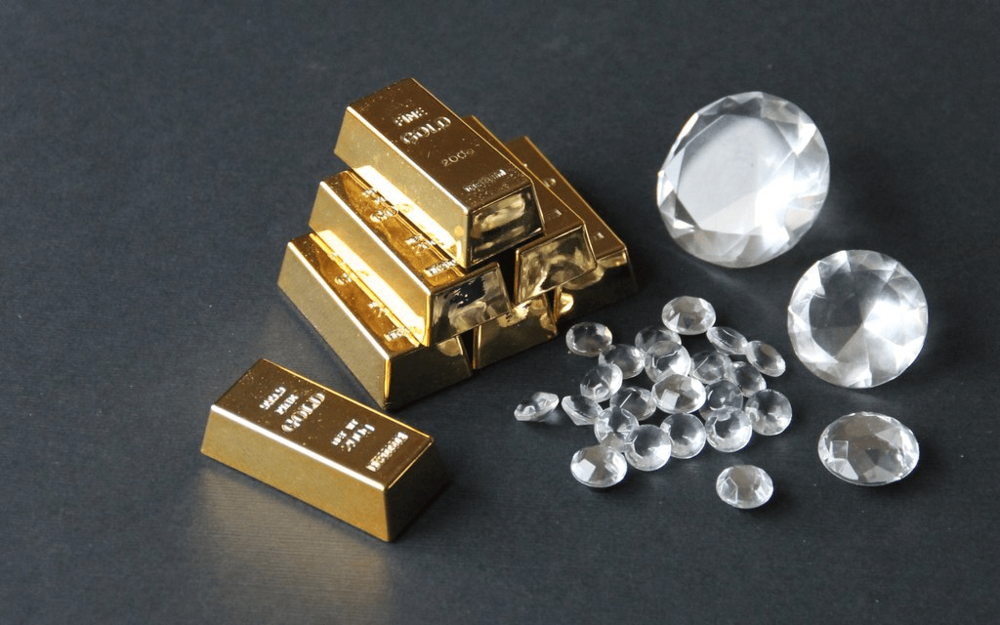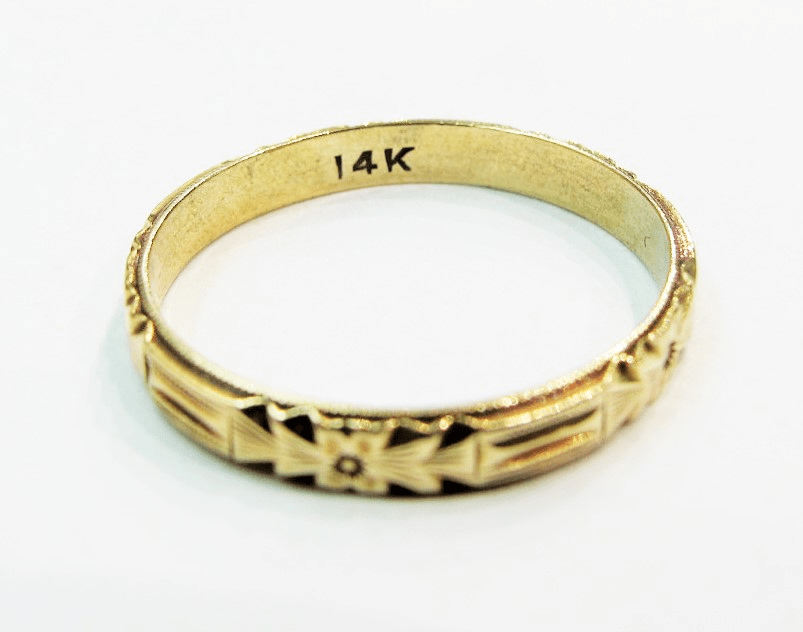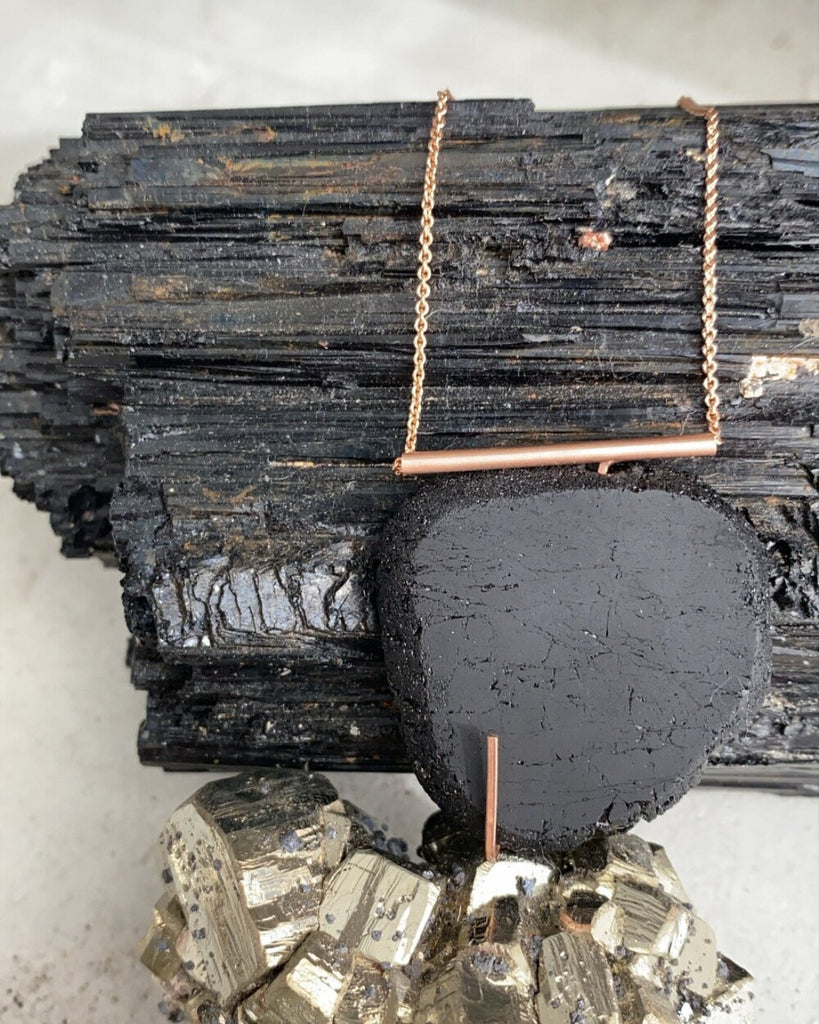Carat Vs. Karat

If you have ever bought jewelry you might have heard the words carat and karat. But do you know the difference between them? It’s ok if you don’t, as a high schooler I thought carat was the same as karat which lead to some major faux pas. Although they sound the same their definitions mean something completely different in the jewelry world. Enji wants to help you understand the difference so that you can avoid faux pas too.
Carat is the word I accidently miss used in high school. I remember having a conversation about diamond rings with some friends. Each girl going around saying things like “I want a gold ring” or “I want to have a beautiful 2 carat ring”. Being little naive, I thought they were talking about karat, so I blurted out that I wanted a 4 carat ring. Mortified my friends looked at me and said, “you better find yourself a millionaire” it was only later in life that I realized those two words are not the same.
Carat, as it turns out, is a measure of weight for gemstones and pearls. It is a measurement based on the metric system and is equivalent to ⅕ of a gram. Wanting to own a 4 carat ring was really ambitious of me. The word “carat” is thought to come from a bean called the carob bean. Back in the day these beans were used to measure the weight to gemstones because they had a very consistent weight compared to other measurement systems. It was not until 1970 that the measurement of carat became recognized and used as the legal standard for weighing precious stones.

On the other hand, karat, the word I was thinking of is used to describe metals and their purity. Looking back, I should have inferred that carat was not the same as karat. The measurement of karat is used primarily to describe the purity of gold, ranging from a scale of 1 to 24, with 24 being the purest.
Gold is such as soft metal, it needs to be mixed with other alloys for strength. This is the reason karat is measured on a scale. While most of gold jewelry is sold at 14 karats, preferences vary among people and companies. It is also important to note any gold below 10 karats is not considered gold. You can verify the number of karats by checking the stamp on the piece marked with a K (United States) or a C (in other countries).

I hope that now that you are armed with the knowledge of these two words, you can avoid faux pas and avoid situations like mine. Do you have a funny story about a word? Let us know we love to hear from our loyal fans.
References:
https://sciencenotes.org/karat-vs-carat/
http://www.differencebetween.net/science/mathematics-statistics/differences-between-karat-and-carat/
https://www.americanbullion.com/karat-vs-carat/





